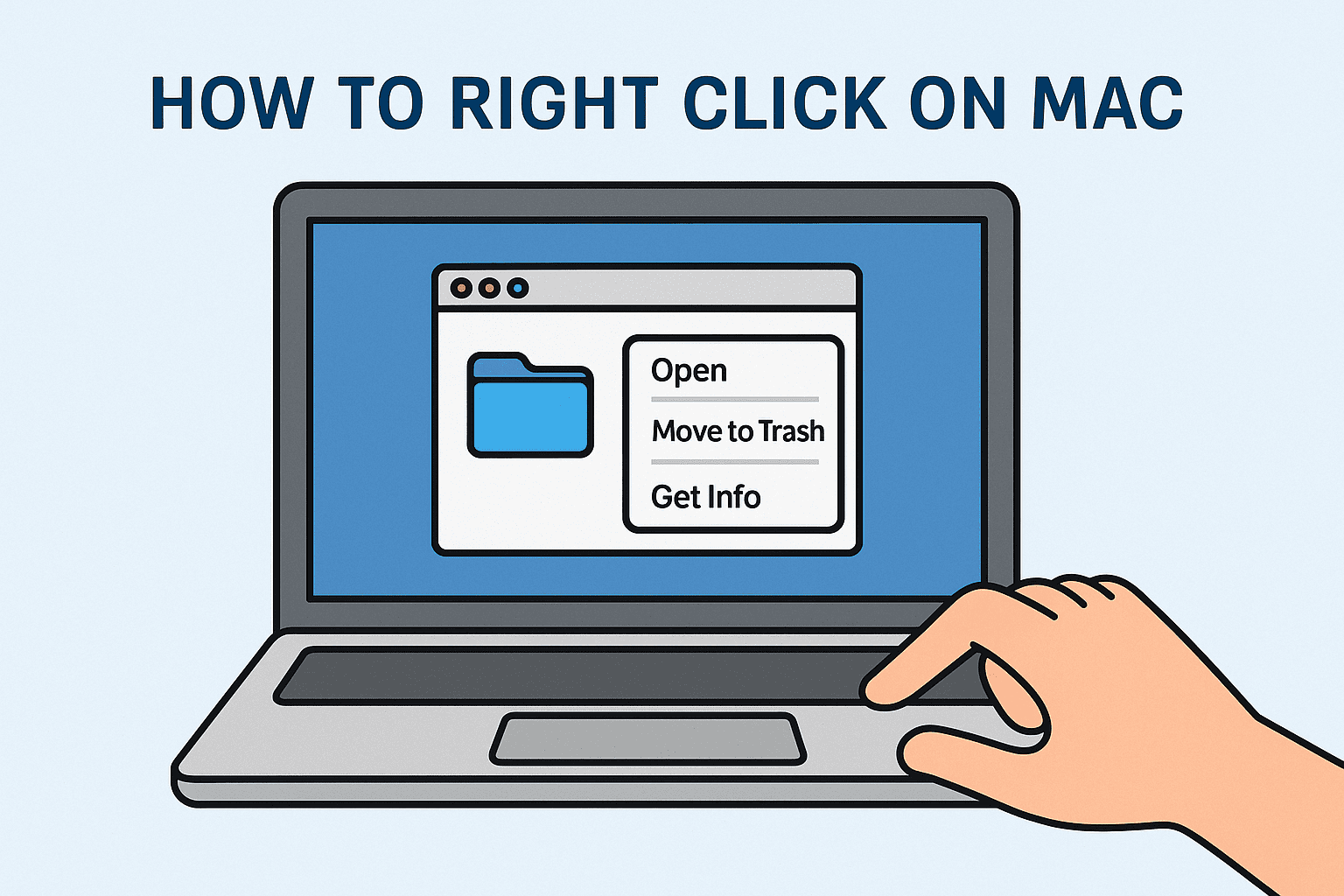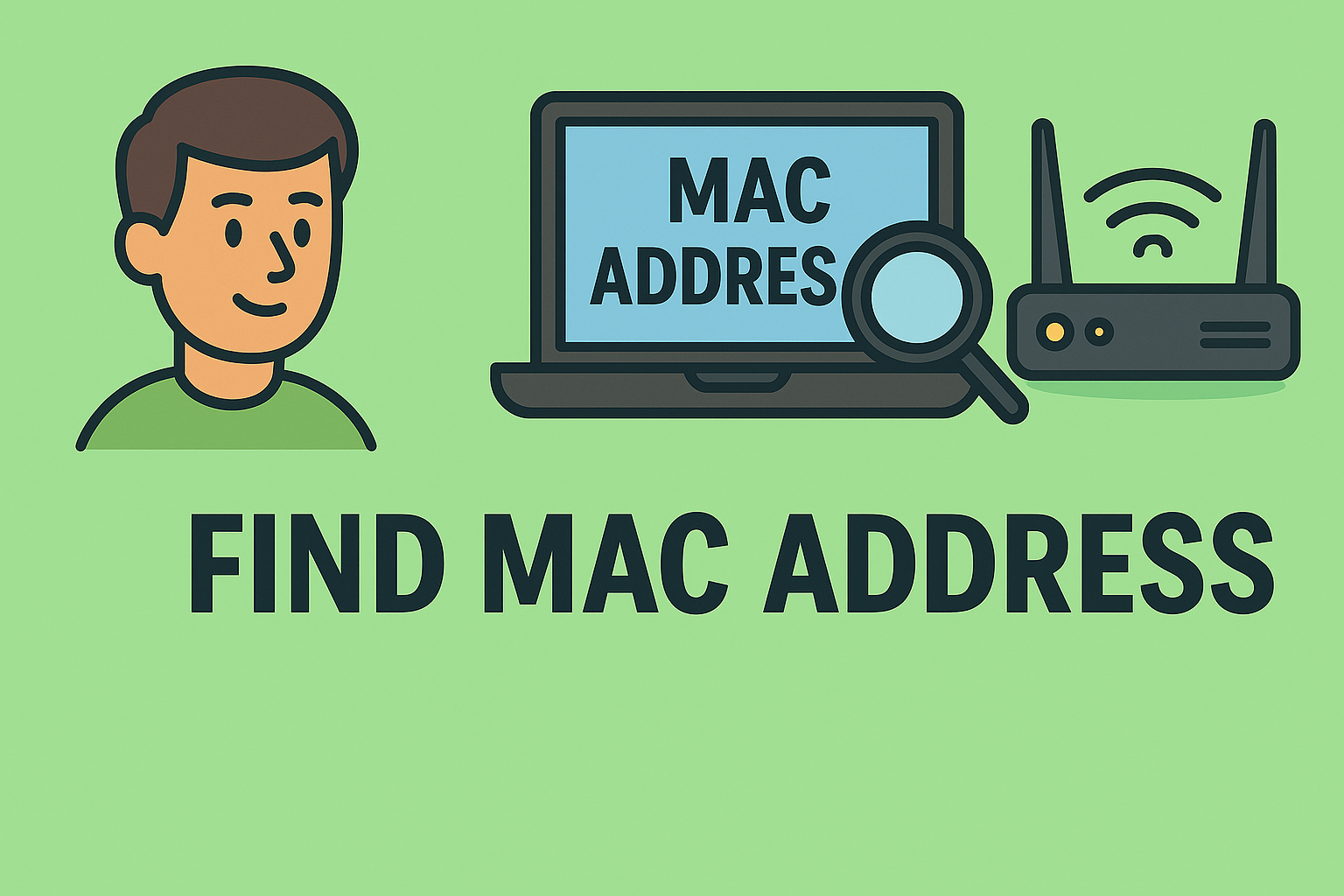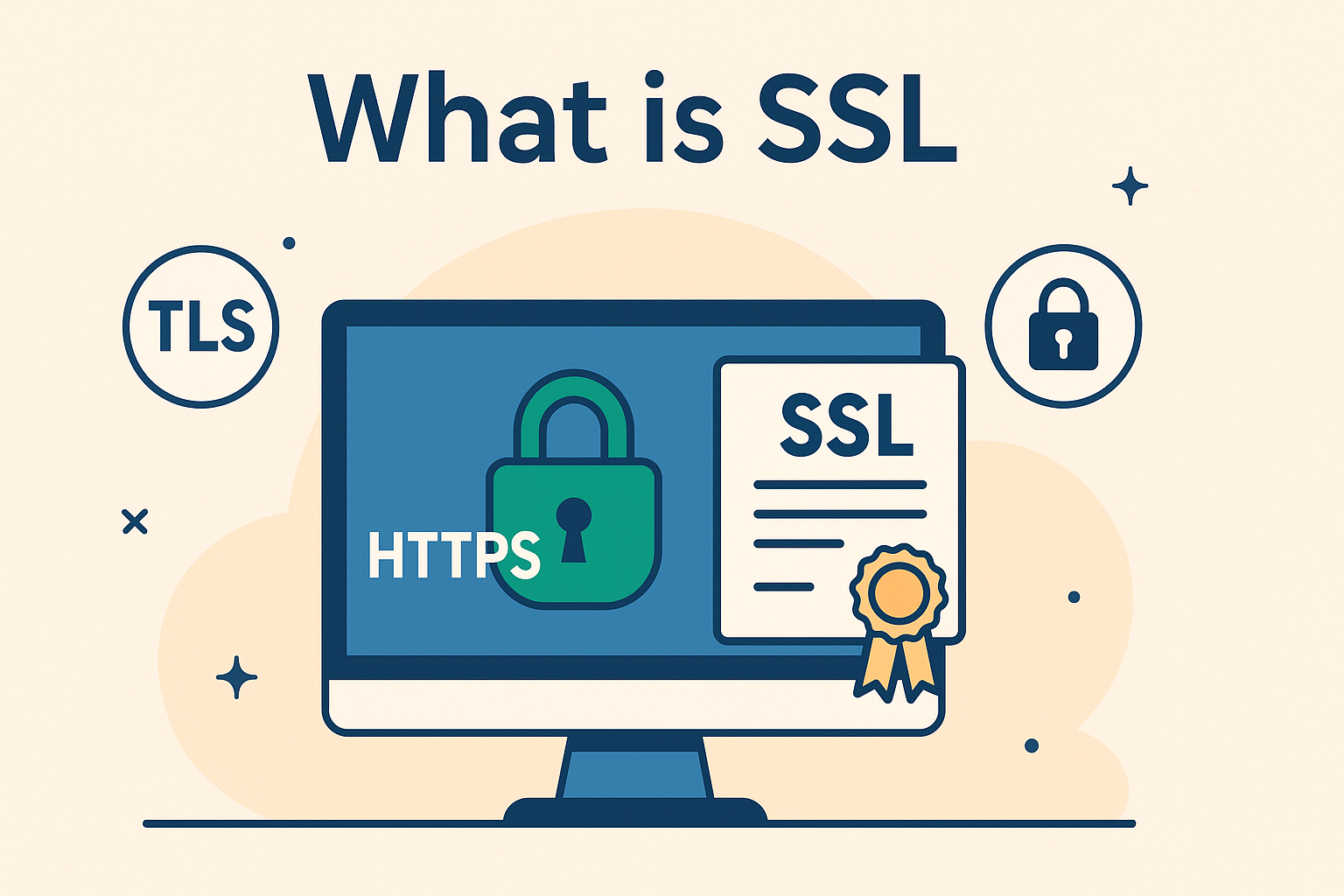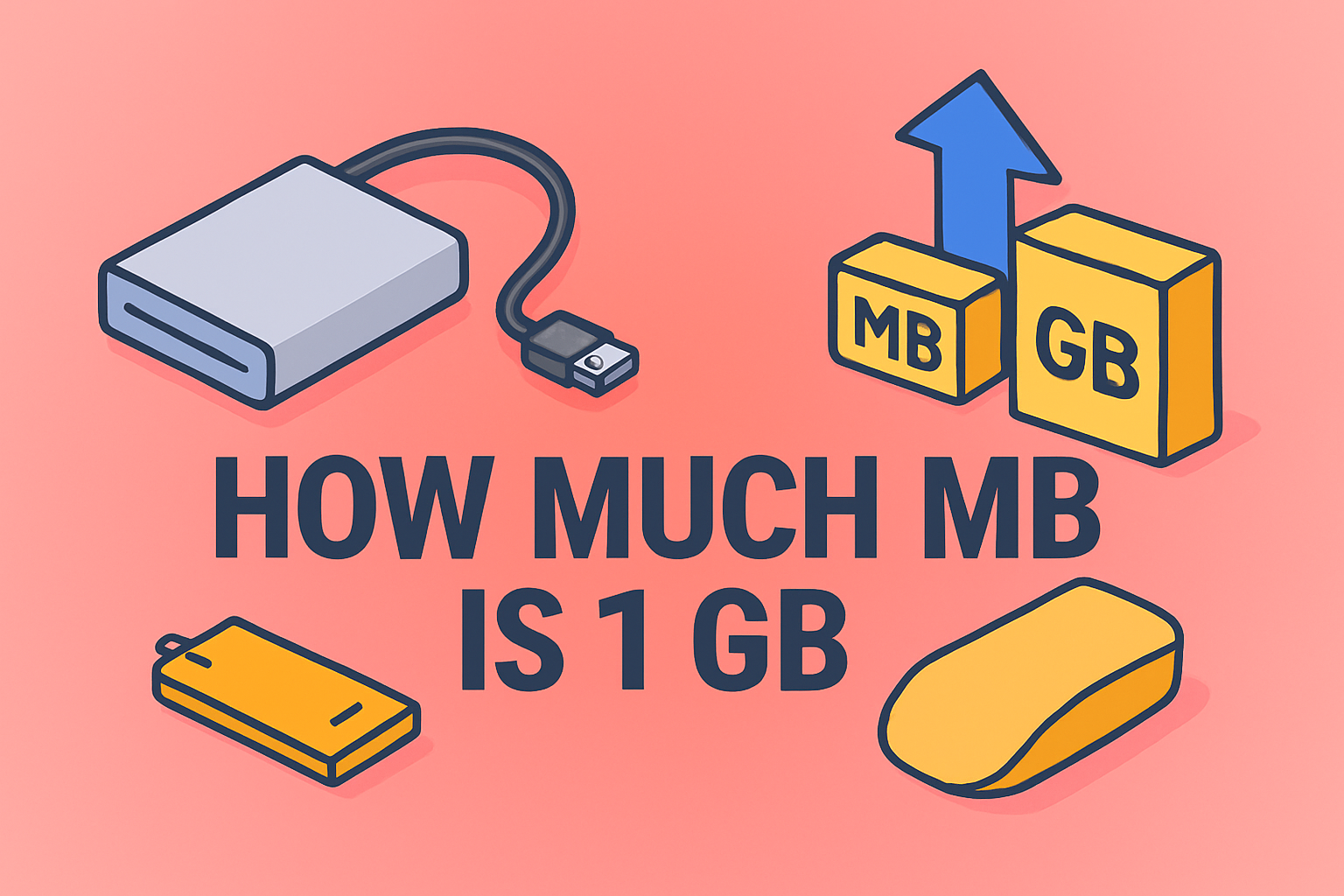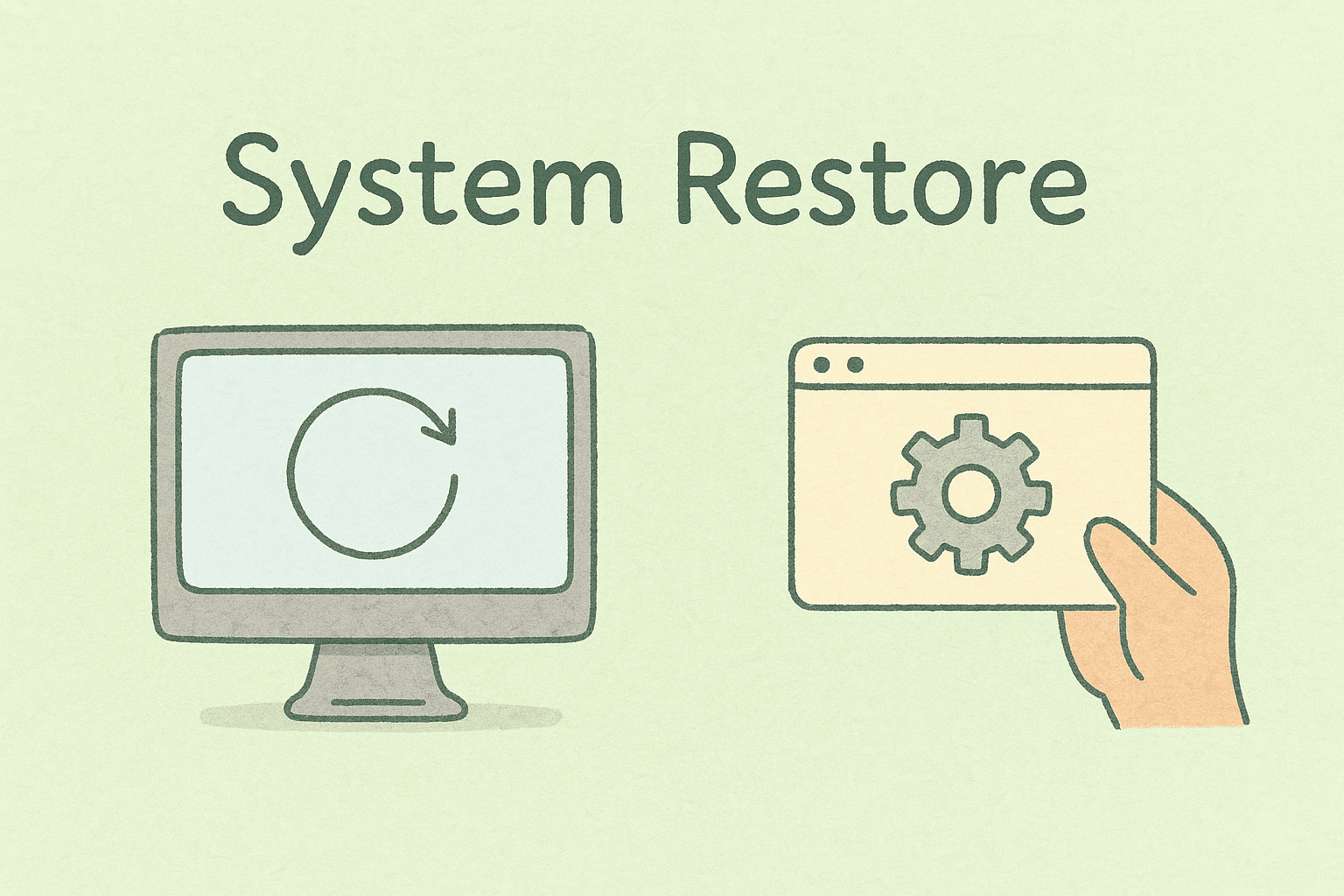Curious About the Dark Web? Read This First
Updated on July 25, 2025, by ITarian
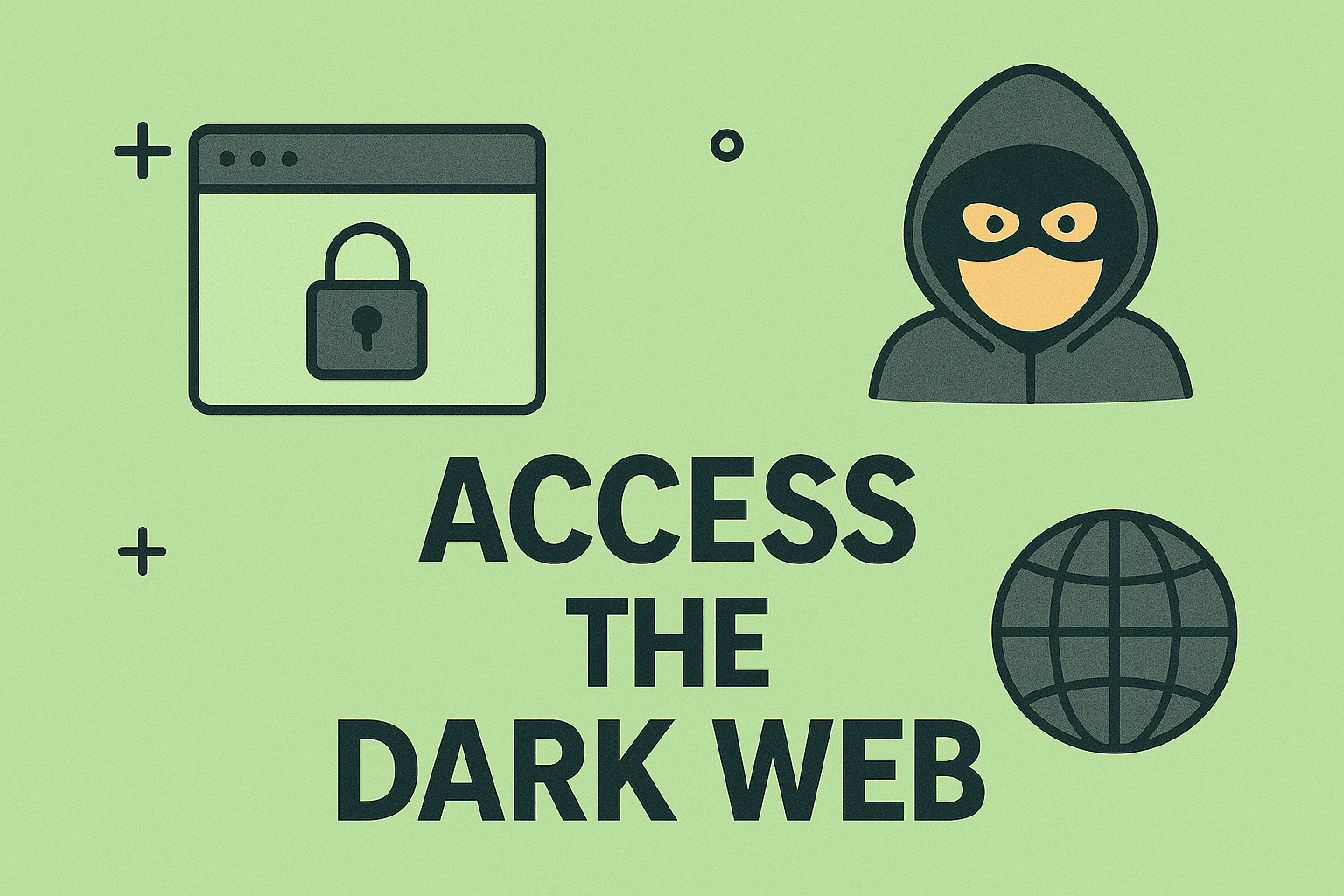
With rising curiosity around hidden corners of the internet, many professionals wonder, “how to access the dark web” safely. From cybersecurity researchers to IT managers, understanding how to navigate the dark web can help monitor cyber threats, protect sensitive data, and investigate cybersecurity incidents.
In this guide, we’ll cover the dark web access guide, explain how to use Tor browser safely, and answer key questions like is it safe to browse the dark web. We’ll focus on secure, ethical practices tailored to cybersecurity professionals and IT leaders.
What Is the Dark Web?
The dark web refers to parts of the internet that aren’t indexed by standard search engines like Google or Bing.
✅ Key Characteristics:
- Requires special software (e.g., Tor browser) to access.
- Hidden websites often end with “.onion”.
- Used for both legitimate privacy purposes and illegal activities.
✅ Important Note: Accessing the dark web isn’t illegal, but some activities on it may be. Always comply with legal and ethical standards.
Dark Web Access Guide: How to Enter the Dark Web Safely
Step 1: Use a Secure Device
- Preferably use a dedicated machine or virtual machine (VM) to avoid cross-contamination with personal data.
Step 2: Install the Tor Browser
- Visit the official website: https://www.torproject.org/.
- Download and install the Tor Browser—the primary tool to access .onion sites.
Step 3: Connect to the Tor Network
- Open the Tor Browser → Click Connect.
- Once connected, you can navigate to dark web websites.
Step 4: Browse Responsibly
- Use trusted .onion directories (like Hidden Wiki) to locate legitimate sites.
- Avoid clicking random links—many may lead to illegal or malicious content.
✅ Quick Summary: Following this dark web access guide allows safe access while minimizing cybersecurity risks.
How to Use Tor Browser Safely
Tor Browser masks your IP address and routes traffic through multiple servers. But using it correctly is crucial.
Best Practices for Safe Tor Usage:
- ✅ Keep Tor Browser Updated: Always use the latest version for security patches.
- ✅ Disable Scripts: Use the security settings to disable JavaScript, reducing malware risk.
- ✅ Use HTTPS Sites: Even on the dark web, prefer sites that use HTTPS.
- ✅ Avoid Logging Into Personal Accounts: Don’t log into emails or social media linked to your identity.
- ✅ Consider a VPN: A VPN adds an extra layer of IP masking before Tor access.
✅ Pro Tip: Combining a VPN and Tor enhances privacy, especially when researching sensitive cybersecurity topics.
Is It Safe to Browse the Dark Web?
✅ Short Answer: Yes, if you follow cybersecurity best practices.
Risks of Accessing the Dark Web:
- 🛑 Malware Threats: Many dark web sites can host malicious downloads.
- 🛑 Phishing Traps: Fake marketplaces or forums may phish unsuspecting users.
- 🛑 Legal Risks: Accessing or interacting with illegal services is a crime.
How to Minimize Risks:
- Always sandbox your browsing environment.
- Never download unverified files.
- Avoid interacting with illegal services.
- Use reliable cybersecurity tools like endpoint protection and DNS filtering.
Ethical Use Cases of the Dark Web
While often portrayed negatively, the dark web also serves legitimate purposes:
- ✅ Cybersecurity Monitoring: Track leaked credentials or data breaches.
- ✅ Journalistic Privacy: Protect whistleblowers and journalists in high-risk regions.
- ✅ Academic Research: Study hidden cybercrime markets for educational purposes.
- ✅ Personal Privacy: Individuals in oppressive regimes use it to bypass censorship.
✅ Important Reminder: Always operate within legal frameworks and use the dark web ethically.
Frequently Asked Questions (FAQs)
1. Do I need a VPN to access the dark web?
It’s optional but recommended. A VPN combined with Tor provides better anonymity.
2. Can I access the dark web on my phone?
Yes, via apps like Tor Browser for Android or Onion Browser for iOS, but desktops offer more security.
3. What is the safest way to access the dark web?
Use a virtual machine, Tor Browser with scripts disabled, and a VPN.
4. Is it illegal to browse the dark web?
Browsing is legal in most countries, but illegal activities (e.g., buying stolen data) remain criminal offenses.
5. Can cybersecurity teams use the dark web to track threats?
Yes, many organizations monitor the dark web for cybersecurity intelligence—always in line with legal compliance.
Conclusion: Access the Dark Web Safely and Responsibly
Understanding how to access the dark web is valuable for IT leaders, cybersecurity experts, and professionals who need to monitor hidden threats or preserve online privacy. By following this dark web access guide, applying Tor browser safety practices, and knowing when it’s safe to browse the dark web, you can navigate responsibly without compromising your security.
✅ Streamline Cybersecurity Management: Sign up for Itarian and gain access to robust cybersecurity solutions, endpoint monitoring, and threat intelligence tools designed for modern businesses.




